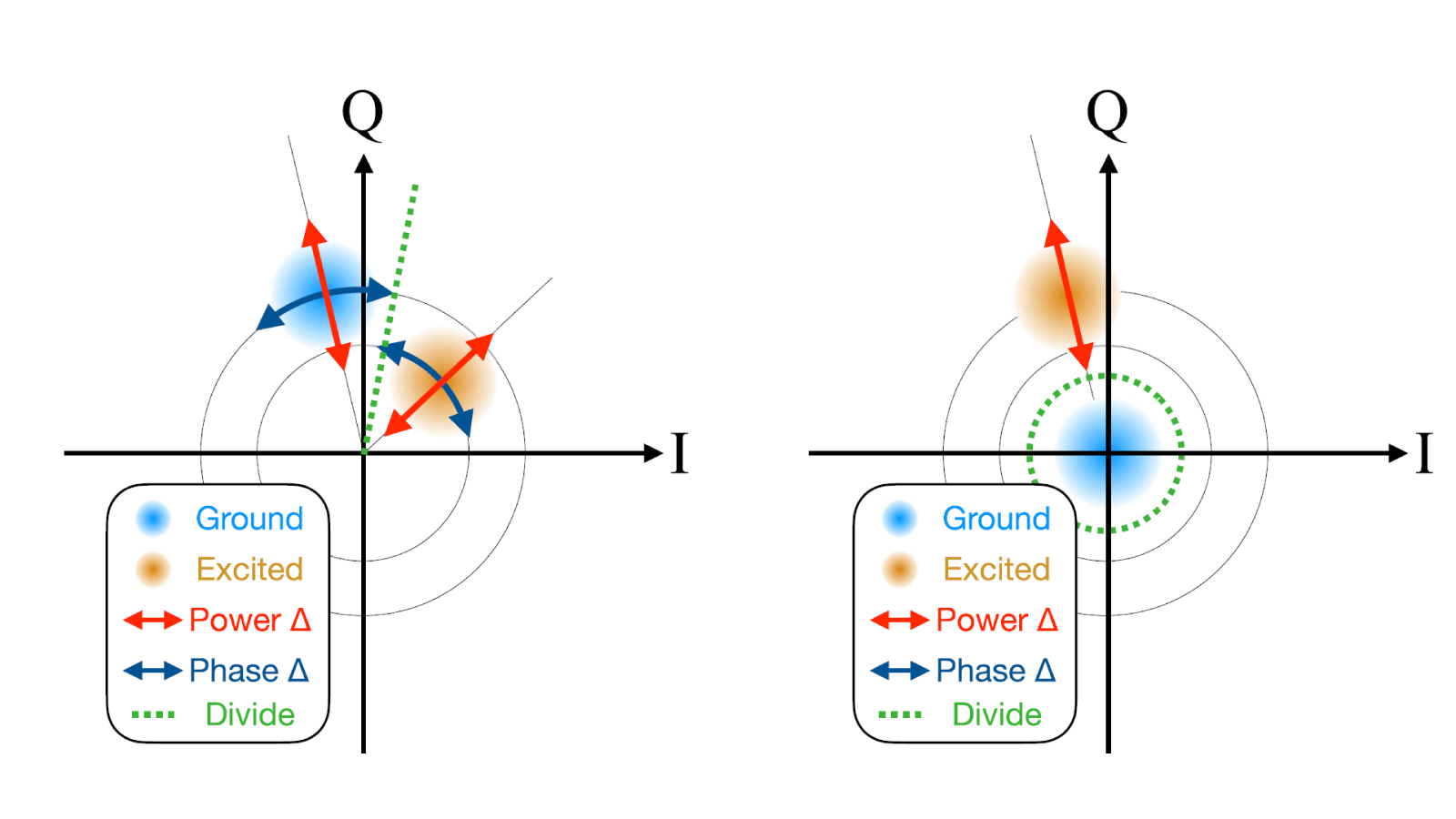
Welcome to the ARL-UMD partnership for quantum electrodynamics—AMPED—research homepage. We are a cooperative team of researchers at the University of Maryland, College Park and the DEVCOM Army Research Laboratory focused on exploring and exploiting quantum electrodynamics for scientific discovery and technological impact. Our expertise spans cold neutral atoms, trapped ions, quantum optics, and superconducting circuits, allowing us to leverage disparate experimental platforms to solve critical challenges in quantum sensing, quantum information, and quantum simulation.
Army-Maryland Researchers Measure Electromagnetic Field Vector in 3D Using Rydberg Atoms
Researchers at DEVCOM Army Research Laboratory (ARL), in collaboration with the University of Maryland at College Park and the Army-Maryland Partnership for Quantum Electrodynamics (AMPED), have demonstrated the three-dimensional (3d) vector characterization of a radio-frequency electromagnetic (EM) field using a quantum sensor based on Rydberg atoms.
An EM field is characterized by field and propagation directions oriented in 3d space, but typical sensors only report the field amplitude along one particular axis.
Comparing Quantum Sensors to Small Antennas
In radio frequency technologies, the Chu Limit presents a significant challenge for small antennas, particularly at low frequencies where their performance is constrained.
RydIQUle: Forward Modelling of Rydberg Quantum Sensors in Python
Atomic quantum sensors (e.g. clocks, magnetometers, electrometers, inertial sensors, etc.) are being used to solve real-world problems including global positioning, imaging of biological systems, and geodesy, with new applications continually emerging. The breadth of the atomic sensor design space is daunting, since one may utilize any combination of atomic states, lasers, rf fields, time-dependence, atomic nonlinearities, lasercooling and trapping, and Rydberg states.